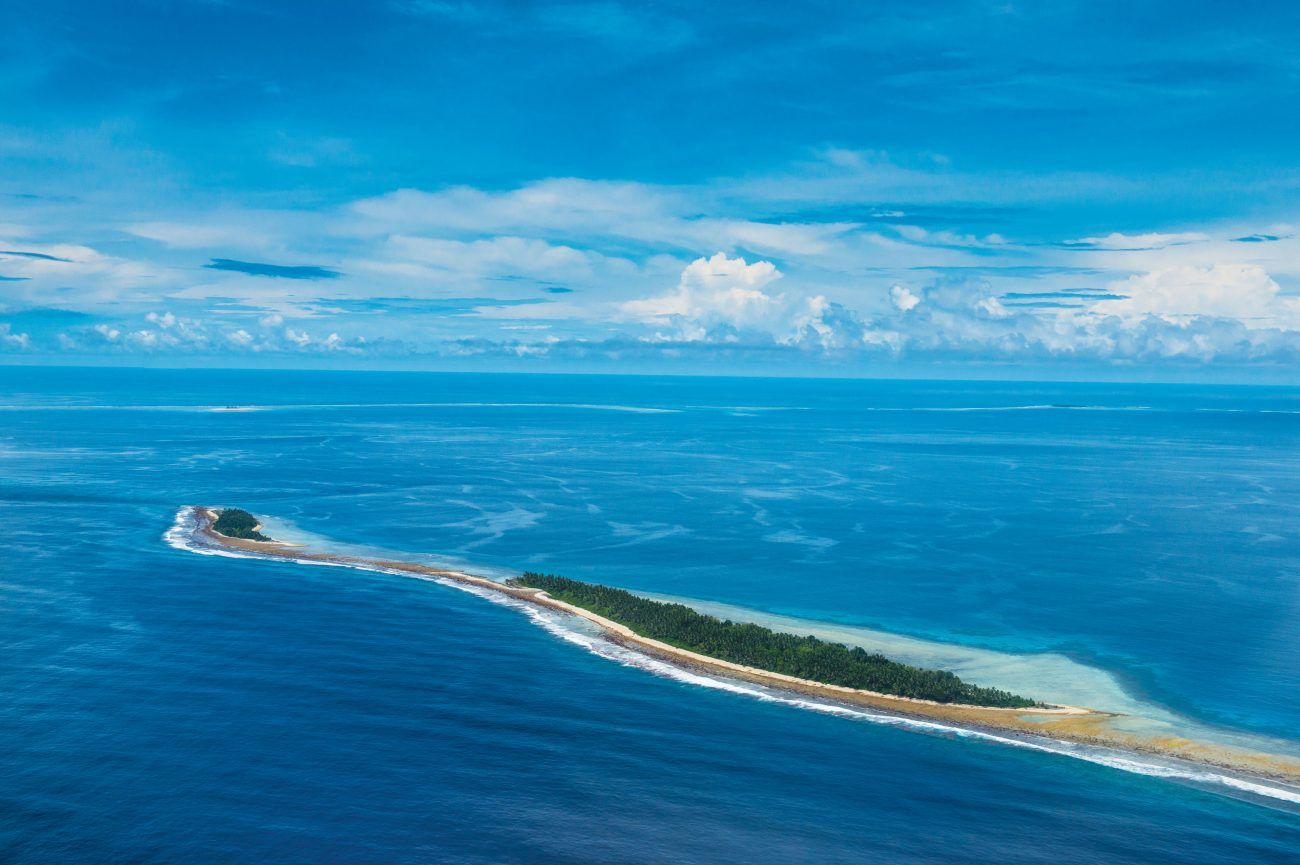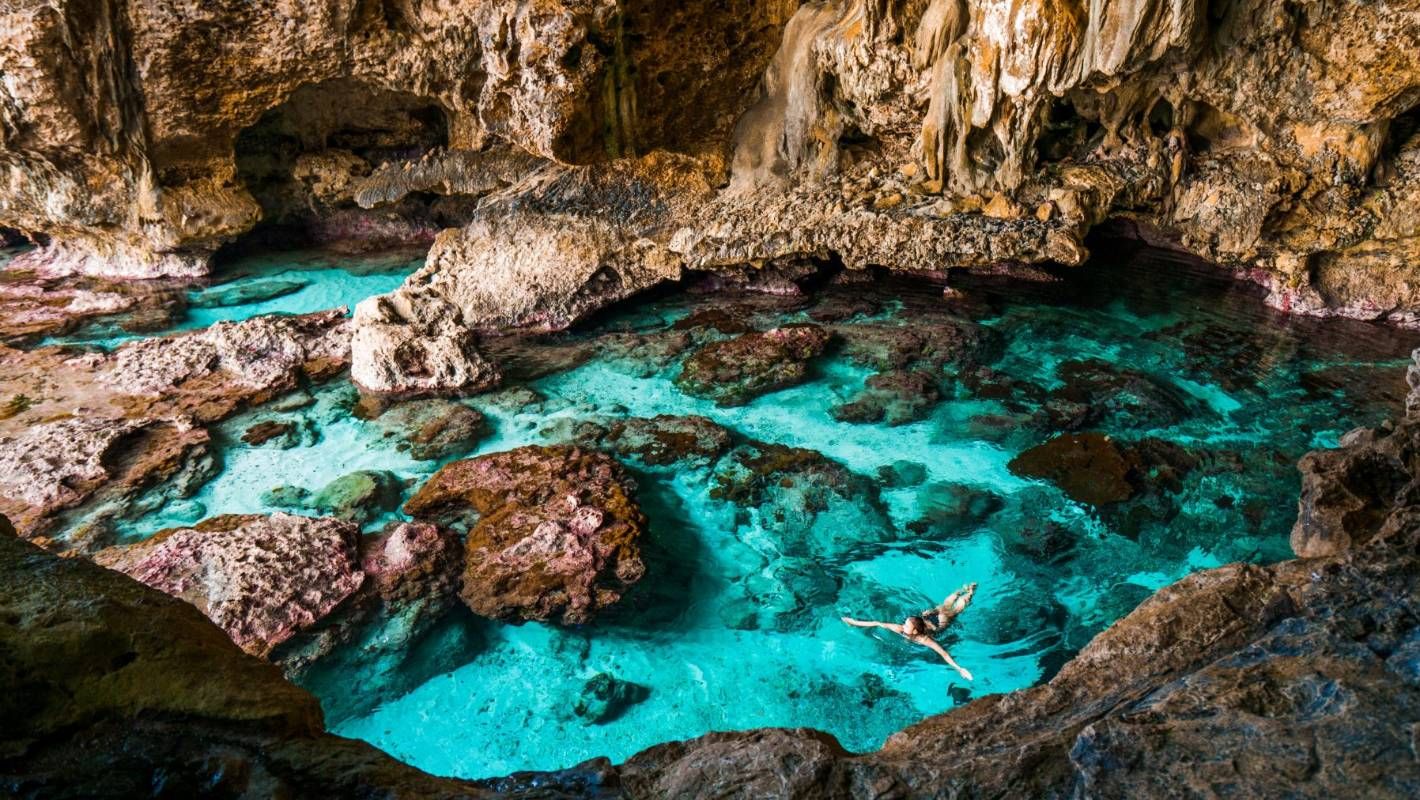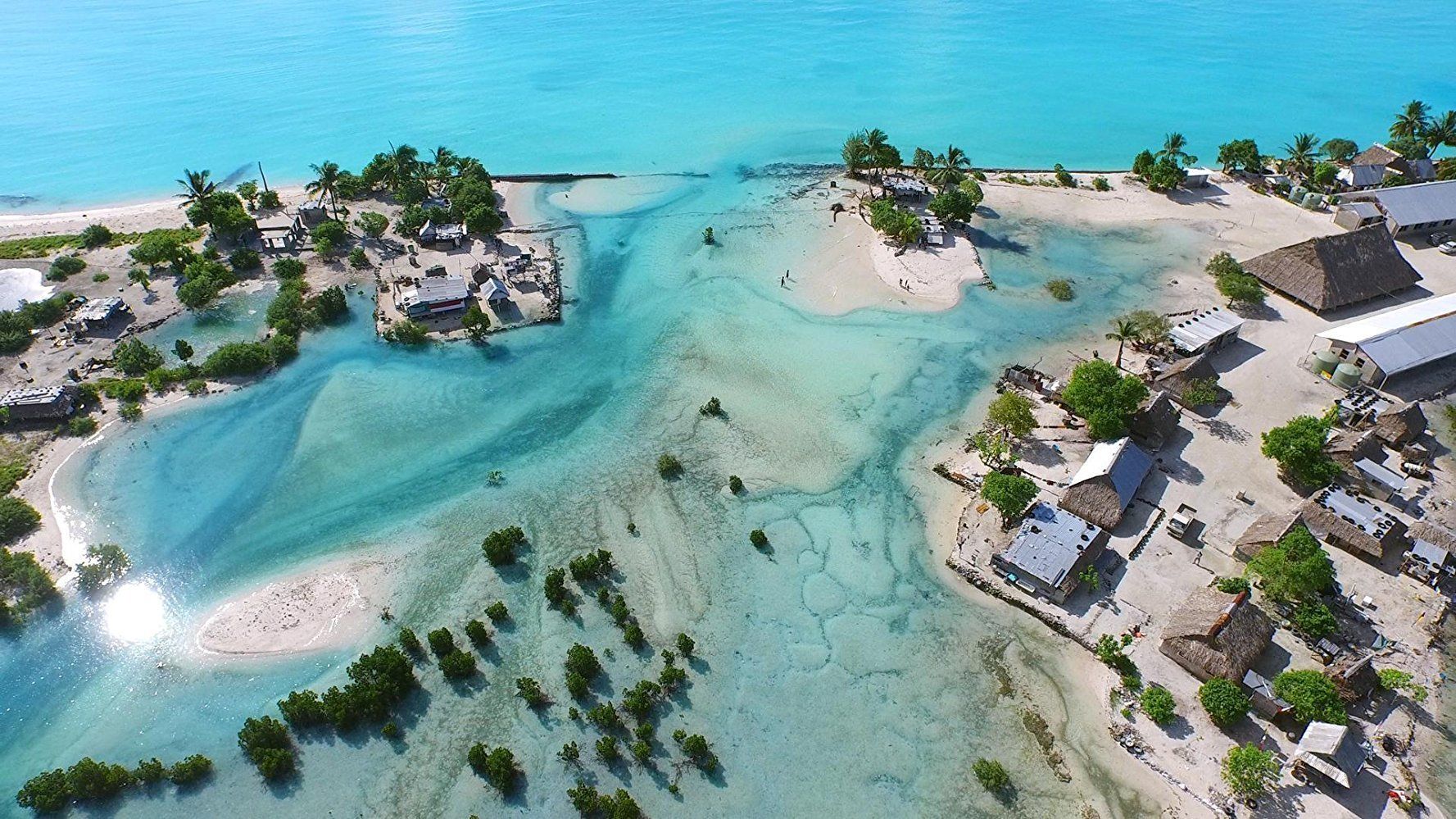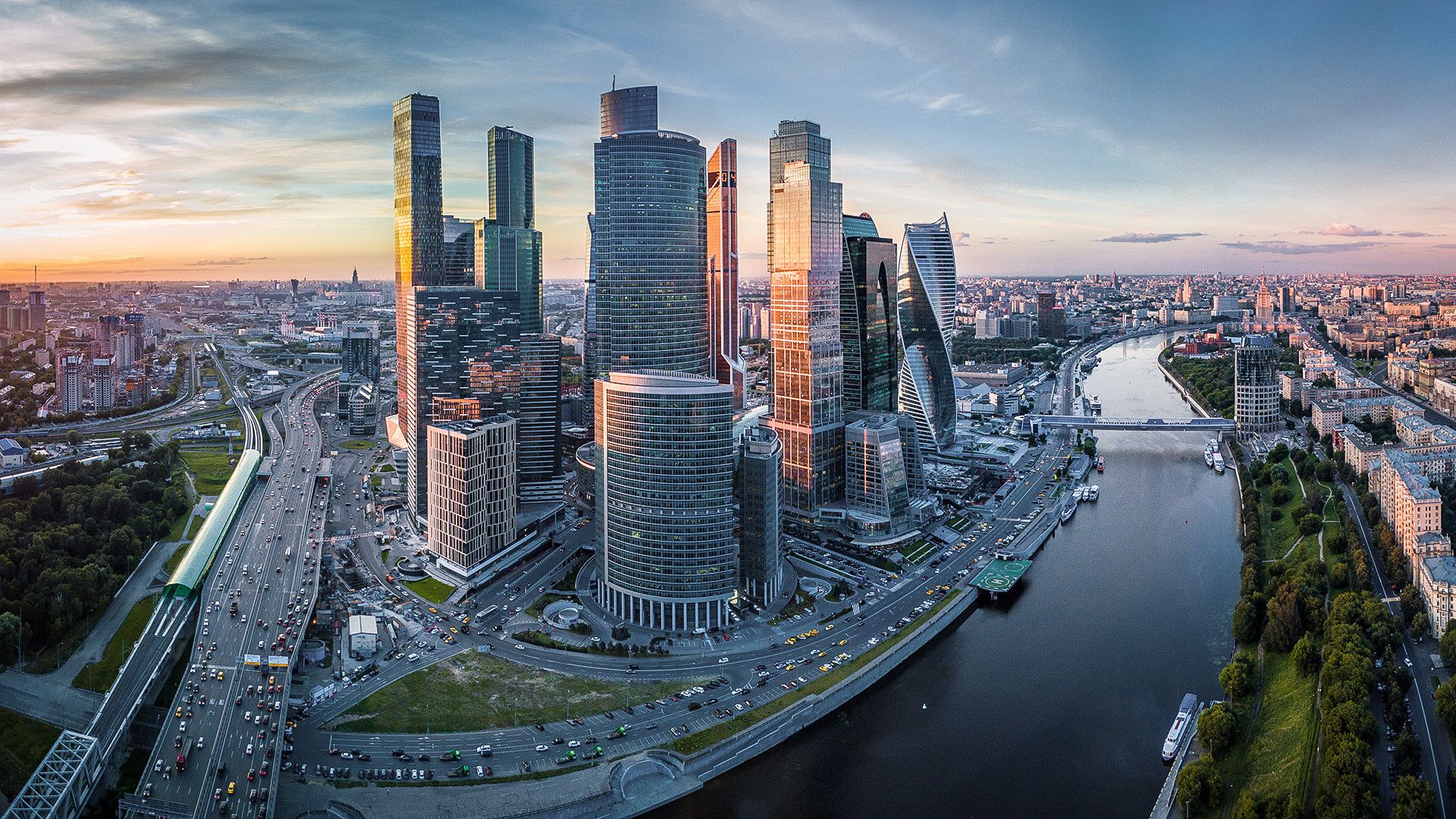A carbon footprint is the amount of carbon dioxide that is released into the air due to the consumption of fossil fuels. Fossil fuel is any nonrenewable resource such as oil, coal, and natural gas, and, many already recognize, these as something you use every day. They propel our cars, run our stoves, and basically help us live our lives to the fullest.
Many countries have large carbon footprints, while others have barely left a speck of carbon on the Earth. We have gathered information from the Global Carbon Atlas Yoto find these facts and figures. Keep reading to learn about five countries with the smallest carbon footprint, as well as the five with the largest!
10 Smallest: Tuvalu
You have probably never heard of Tuvalu before, and that is a big part of the reason why it has the lowest carbon footprint on the planet. Their current carbon footprint rests at zero MtCO₂, and they plan to continue this trend by doing away with fossil fuels altogether.
Climate change has them concerned for the fate of their country as the tidewaters rise each year, which is why they are switching to solar and wind energy. This country may only sustain 12,000 people, but their lack of industry makes zero-emissions a feasible goal for them to achieve again.
9 Niue
Niue is another small island country that has less than 0.1 MtCO₂ of carbon emissions each year. They are located in the Pacific, and part of the reason their emissions are so low is that they have such a small population.
Climate change has caused sea levels to rise and an increase in rainfall, so each year they lose more and more land to the ocean. They have a population of fewer than 2,000 people and their industry primarily entails processing the fruit they collect on their island, which leaves little room for fossil fuels.
8 Nauru
Nauru boasts an emission of 0.1 MtCO₂, and this small island is a site for refugees looking for asylum in Australia. The economy of this small country used to be booming, but that all ended when the phosphate mines ran dry.
This not only destroyed the landscape but affected nearby marine life as well which left them with basically nothing. This island has grown extremely poor and relies on the help of foreign aid as it struggles to keep its citizens alive, though few seldom live past the age of sixty.
7 Kiribati
Kiribati has one of the smallest carbon footprints with 0.1 MtCO₂ released each year. They tend to remain a close-knit country that doesn't deal in international markets, which is part of the reason they have managed to avoid making a large carbon footprint.
Their main economy consists of tourism, crafts, and fishing, which all neglect the use of nonrenewable resources. They understand the importance of using the land to their advantage as they find ways to adjust to the climate change happening around them.
6 Tonga
Tonga enjoys living life to the fullest without the use of harmful carbon emissions from burning nonrenewable resources. They only release 0.1 MtCO₂ per year, as they work to produce and sell cash crops, some of which they export to other countries like Japan.
This, combined with their fishing expeditions and tourism rates, keeps them afloat. Their way of life makes a limited carbon footprint possible, but they should also be seen as a role model to other nations as they work to reduce their emissions.
5 Largest: Japan
Japan has the fifth largest carbon footprint in the world as they use 1,205 MtCO₂ per year. Some are probably surprised it isn't more as you add up their numerous industries and larges cities filled with cars.
They have been working to reduce their emissions by 26% and hope to achieve this goal by 2030 after the collapse of their powerplant led them to increase their usage of fossil fuels. Their main focus is on building new nuclear reactors, but their continued use of coal is still a concerning factor in the grand scheme of things.
4 The Russian Federation
We see a jump in the Russian Federation's carbon footprint as they emit 1,693 MtCO₂ per year. They are working to reduce their emissions, but the country isn't having it as they try to have their draft bill passed which would set emission standards for industries.
The government itself is backed by the fossil fuel industry which is part of the reason they are having so many issues ridding the country of these nonrenewable resources. Their centers are outdated, but without significant internal help, it is doubtful that any progress will be made in the near future.
3 India
It should come at no surprise that India is close to the top of our list as they release 2,467 MtCO₂ per year. Their carbon footprint has begun to grow at an alarming rate in the past year as they focus on their use of nonrenewable resources, despite their best efforts to cut back.
They use coal for power and oil for transportation, but that is no excuse for their environmental mistake. This country has become a part of the Paris Climate Agreement, and they have set a goal for themselves to reduce emissions by over 30% by 2050, but only time will tell if they hold up their end of the bargain.
2 United States
If you thought India was high, just wait until you hear the numbers for the United States. This great nation emits 5,270 MtCO₂ per year, which is over double that of India's yearly emissions. The United States is driven by industry, but there is no excuse for this jump in our use of harmful fossil fuels.
Canada and Mexico did not make this list, which means it is possible for us to cut back enough to make a difference. A total of 29% of our emissions come from transportation, which is things like cars, planes, trains, and boats. You can help these numbers by switching to an electric vehicle or choosing to carpool with a friend. We have continued to decrease our emissions over the years, but the small margins are not enough to truly make a difference in our planet.
1 China
China is the biggest culprit of them all as they release 9,839 MtCO₂ per year into our atmosphere. Their carbon footprint is huge, and the quality of the air they breathe alerts us to their predicament.
Unfortunately, their use of fossil fuels has continued to grow as more and more factories pop up to produce many of the products we use here in the United States. China must phase out coal, their biggest supplier of energy, if they hope to decrease the effects their use is having on the atmosphere. They do have policies in place, but big changes will need to be made if they want to minimize their carbon footprint.











